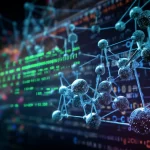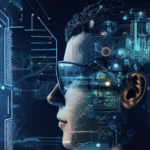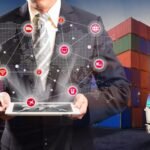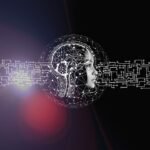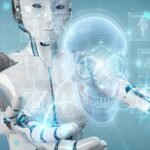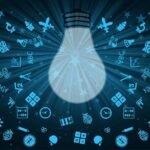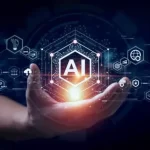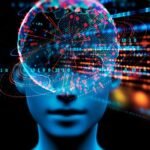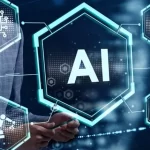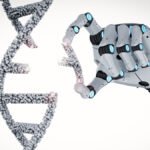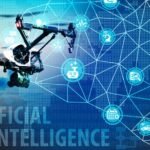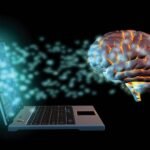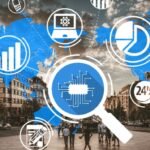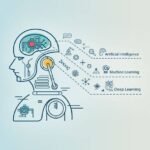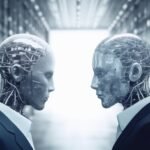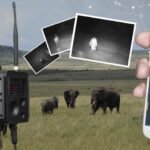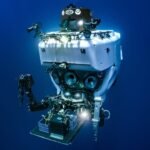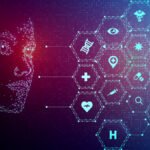Continuous Monitoring and Adaptation
/ /
As artificial intelligence (AI) continues to advance and become an integral part of our lives, it is crucial to ensure that AI systems are developed and deployed in an ethical and responsible manner. This requires continuous monitoring and adaptation to address emerging ethical challenges, mitigate potential risks, and uphold societal values. In this blog, we will delve into the importance of continuous monitoring and adaptation in the AI landscape, the benefits it brings, and the strategies to effectively implement it.
- The Dynamic Nature of AI Ethics: AI ethics is a dynamic field that evolves alongside technological advancements. As AI systems become more complex and pervasive, new ethical challenges and implications arise. Continuous monitoring acknowledges that ethical considerations cannot be treated as a one-time process but must be actively evaluated and adapted as the technology and its applications progress.
- Identifying Emerging Ethical Challenges: Continuous monitoring enables the identification of emerging ethical challenges in AI systems. Through ongoing assessment, organizations can stay ahead of potential risks and unintended consequences. By closely monitoring AI applications and engaging with stakeholders, we can detect biases, privacy concerns, and potential discriminatory outcomes, and take proactive measures to address them.
- Mitigating Bias and Discrimination: One critical aspect of continuous monitoring is to identify and mitigate biases and discrimination in AI systems. By regularly examining the training data, evaluation metrics, and decision-making processes, organizations can identify and rectify biases that may have emerged. Continuous monitoring allows for ongoing fine-tuning of algorithms to ensure fairness and equitable outcomes.
- Adapting to Changing Contexts: The AI landscape is influenced by societal, cultural, and legal changes. Continuous monitoring enables organizations to adapt to evolving contexts and requirements. By keeping abreast of legal and regulatory developments, organizations can ensure compliance and make necessary adjustments to their AI systems. Adapting to changing societal norms helps AI systems align with ethical and social expectations.
- Engaging Stakeholders and Expertise: Continuous monitoring involves engaging stakeholders and drawing on diverse expertise. Collaboration with ethicists, policymakers, user communities, and affected individuals helps to gain different perspectives and insights. Stakeholder engagement facilitates the identification of emerging ethical concerns, fosters transparency, and ensures that AI systems are designed and deployed with a broad range of perspectives in mind.
- Ethical Audits and Impact Assessments: Ethical audits and impact assessments are valuable tools for continuous monitoring in AI. Regular assessments provide an opportunity to evaluate the ethical implications of AI systems, identify areas for improvement, and ensure alignment with ethical standards and guidelines. Impact assessments help to assess the social, environmental, and cultural consequences of AI deployment, enabling proactive measures to mitigate any negative effects.
- Integration of Feedback Loops: Feedback loops play a vital role in continuous monitoring. By incorporating feedback from users, affected individuals, and other stakeholders, organizations can gather insights into the real-world impact of AI systems. This feedback helps in identifying and rectifying issues, addressing concerns, and enhancing the ethical performance of AI systems.
- Responsible Iteration and Transparency: Continuous monitoring facilitates responsible iteration and transparency. Organizations can learn from past experiences, refine their AI systems, and openly communicate their ethical practices and decision-making processes to build trust with users and stakeholders. Transparency about how AI systems evolve and adapt over time enhances accountability and fosters a culture of responsible AI development.
Posted in Blogs





